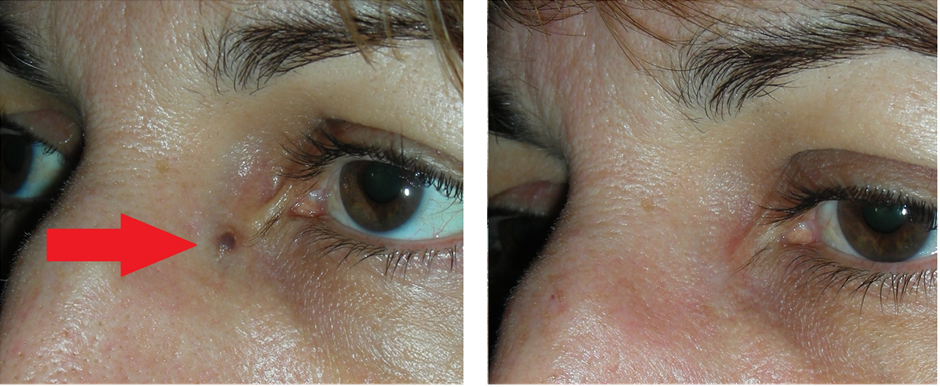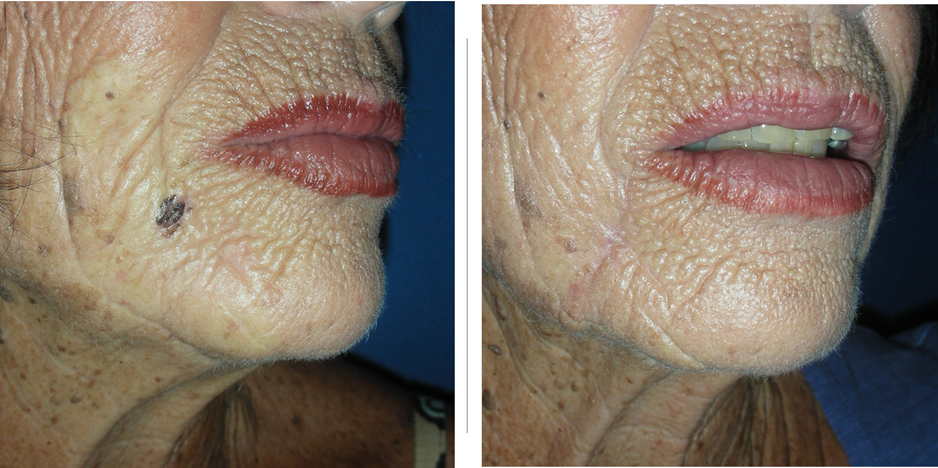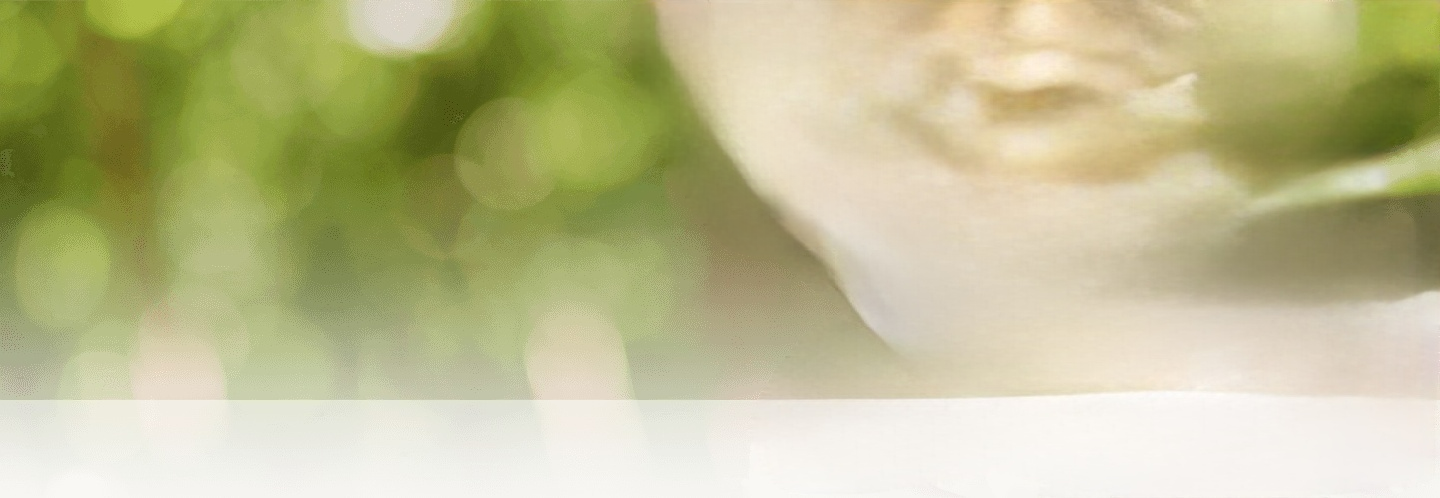Simple Excision Surgery for Skin Cancer
Introduction
Skin cancer is one of the most common types of cancer, and surgical removal of cancerous lesions is a standard approach to treatment. Simple excision and primary closure surgery is a widely employed method for removing skin cancer lesions. A/Prof Damian Marucci has an extensive skin cancer practice and has been treating these tumours for over 15 years. This webpage will delve into the details of what is involved in eating skin cancers with simple excision, potential risks and complications, and strategies to minimize scarring.
I. What is Simple Excision and Primary Closure Surgery?
Simple excision and primary closure surgery is a straightforward yet effective procedure used to remove localized skin cancer lesions. The process involves cutting out the skin cancer along with a margin of healthy tissue, followed by the immediate closure of the wound with sutures. This method is suitable for skin cancers that are relatively small, well-defined, and located in areas where there is enough surrounding healthy tissue for closure. This surgery is performed under local anaesthesia (ie you will be awake and the area is made numb before the surgery with injections of local anaesthetic)
Before the Surgery
- Stay on all you regular medications including aspirin (Cartia), warfarin (Coumadin) and clopidogrel (Plavix). The ONLY exception is that if you are on blood thinners like Xarelto or Eliquis, pleasedon’t take the ONE dose BEFORE the surgery, and then go back onto your usual dosage straight after the surgery
- You can eat and drink right up until you have the surgery.
- The surgery will usually only take 20 – 30 minutes. You will be able to drive to and from the surgery as we won’t be making you sleepy.
The Surgery Itself
- You will be taken into the operating room and A/Prof Marucci will draw on you to plan the surgery. Local anaesthetic will then be injected to make the area numb. After that, you will feel some pushing and pulling but you shouldn’t feel anything sharp. If you do, let A/Prof Marucci know and he can put in some more local anaesthetic
- The type of suture and dressings used will depend on which part of the body is being operated on:
Surgery on the face:
- The wound will be closed with a mixture of dissolving and permanent sutures
- The main dressing used is VASELINE (available over the counter and in supermarkets)
- You can shower NORMALLY over the sutures/wound from the following day. You can use soap and shampoo as per normal.
- Pat the wound dry and apply VASELINE TWICE A DAY
Surgery on the trunk and limbs:
- The wound may be closed with dissolving sutures only, in which case paper tape called MICROPORE (available over the counter at the chemist) will be used on top of the wounds. A bandage may be placed over that part of arm or leg
- You can remove any bandages the following day. You can then shower straight over the paper tape on the wound the following day. You can use soap and shampoo as per normal. Leave the paper tape on. If it falls off, buy some more paper tape (MICROPORE) from the chemist and put it on
Surgery on the scalp:
- This is the one part of the body that staples are used to close the wound. Staples don’t damage the hair follicles as much as sutures, so cause less hair loss
- You can shower with shampoo AS SOON AS YOU GET HOME AFTER THE SURGERY
After the surgery
- No swimming and no exercise for one week after the surgery. Nothing “for” exercise (you can walk – but not for exercise)
- The local anaesthetic will last for a few hours. When it wears off you might need some Panadol, but you shouldn’t need anything stronger than that.
- If there is any bleeding from the wound, put firm pressure on for at least 10 minutes with clean tissues. This should stop 99% of all bleeding. Look at the clock and make sure it is a full 10 minutes. If the bleeding hasn’t stopped after 20 – 30 minutes of pressure, let the rooms or A/Prof Marucci know
- If there is spreading redness/ increasing pain/ signs of infection, please let the rooms or A/Prof Marucci know
- You can shower over the wound NORMALLY the day after surgery (except scalp is same day as surgery)
- Non dissolving sutures on the face are removed after one week. Elsewhere on the body/scalp the sutures/staples are removed after 2 weeks
Skin Cancer Simple Excision Before and After Photos
Here are some before and after photos of skin cancer patients treated by A/Prof Damian Marucci with simple excision surgery


II. Potential Risks and Complications:
While simple excision and primary closure is a common and generally safe procedure, like any surgical intervention, it carries certain risks and complications. Understanding these potential issues is crucial for any prospective patient.
- Infection:
Any surgical procedure introduces a risk of infection, especially in areas prone to environmental exposure. Antibiotics are not routinely prescribed before surgery, but if you do notice any redness or increased pain, please contact the rooms to let A/Prof Marucci know. - Bleeding:
Some bleeding is typical during surgery, but excessive bleeding can occur either during or afterwards. Normally firm pressure over the wound for 10 minutes with clean tissues will stop any bleeding. Should bleeding persist, please contact A/Prof Marucci. - Scarring:
All surgical procedures result in permanent scars – but the goal of plastic surgeons, like A/Prof Damian Marucci, is to make the scars as neat and inconspicuous as possible. The appearance of scars can vary depending on factors such as genetics, skin type and if there were issues with wound healing.Smoking is very bad for scars. Some scars can be raised, others can stretch. Sometimes the scars can be indented and sometimes there is a lump at the end of the scar called a “dog ear”. All scars mature and tend to settle with time – although this process can take up to a year. - Wound Dehiscence:
Despite a surgeon’s best efforts, sometimes the wound may partially or completely open up. Should this occur, let A/Prof Marucci know. Normally this situation can be managed with simple dressings, like Vaseline and gauze (allowing the wound to heal from the bottom up). Re suturing the wound straight away is only rarely a good idea – letting it heal on its own and then tidying up the resulting scar later is often the best approach. - Allergic Reactions:
Some patients may have allergic reactions to the antiseptic solution, the local anaesthesic, the suture material, or the dressings used during the procedure.
III. Minimizing Scarring After Simple Excision:
- Proper Wound Care:
- Follow Postoperative Instructions
: Patients should adhere to the A/Prof Marucci’s instructions for wound care. You will be given written instructions on the day of surgery. - Avoiding Infection: Preventing infection is crucial for minimizing scarring. You should shower over the wound as instructed and clean the area with soap and water as instructed.
- Follow Postoperative Instructions
- Suture Removal:
- Timely Removal: Sutures are typically removed within a week (for wounds on the face) or two weeks (for wounds elsewhere on the body including the scalp) after surgery. Timely removal is essential for optimal healing.
- Supportive Measures: After the sutures have been removed, you need to keep the wound moisturised. For scars on the face, continuing to apply Vaseline or another moisturiser is important. Three weeks after your surgery, you can start to massage the scars with either silicone gel, bio-oil or Vitamin E cream (DO NOT massage a scar before 3 weeks, otherwise the wound could re-open).
- Scar Massage:
- Gentle Massage: Massaging the healed scar after three weeks with moisturizing cream or oil can help break down scar tissue and improve the appearance of the scar.
- Start Gradually: Scar massage should begin once the wound is fully healed at the 3 week mark, and the skin has closed. If you are using silicone gel, follow the directions on the packet. IF you are using Bio-Oil or Vitamin E cream, start with gentle pressure and gradually increase this over time.
- Sun Protection:
- Avoid Sun Exposure: Sun exposure can exacerbate scarring. Patients should protect the healing wound from direct sunlight and use sunscreen on the scar once it has fully closed. Slip, slop, slap!
- Clothing and Accessories: Wearing hats or clothing that covers the scar can provide additional protection from the sun.
- Scar Management Products:
- Silicone-based Products: Silicone sheets or gels have been shown to be effective in minimizing scarring. Use them as directed on the packet.
- Topical Creams and Ointments: Some over-the-counter creams and gels, like Vitamin E cream and Bio-Oil are also good for scars.
IV. Conclusion:
Simple excision and primary closure surgery for skin cancer is a common and effective procedure with a relatively low risk of complications. While scarring is an inevitable part of any surgical intervention, careful postoperative care and adherence to scar management strategies can significantly improve the appearance of the scar over time. Patients should actively participate in their recovery by following postoperative instructions, communicating any concerns to A/Prof Damian Marucci, and implementing scar management techniques to ensure the best possible aesthetic outcome after surgery.
